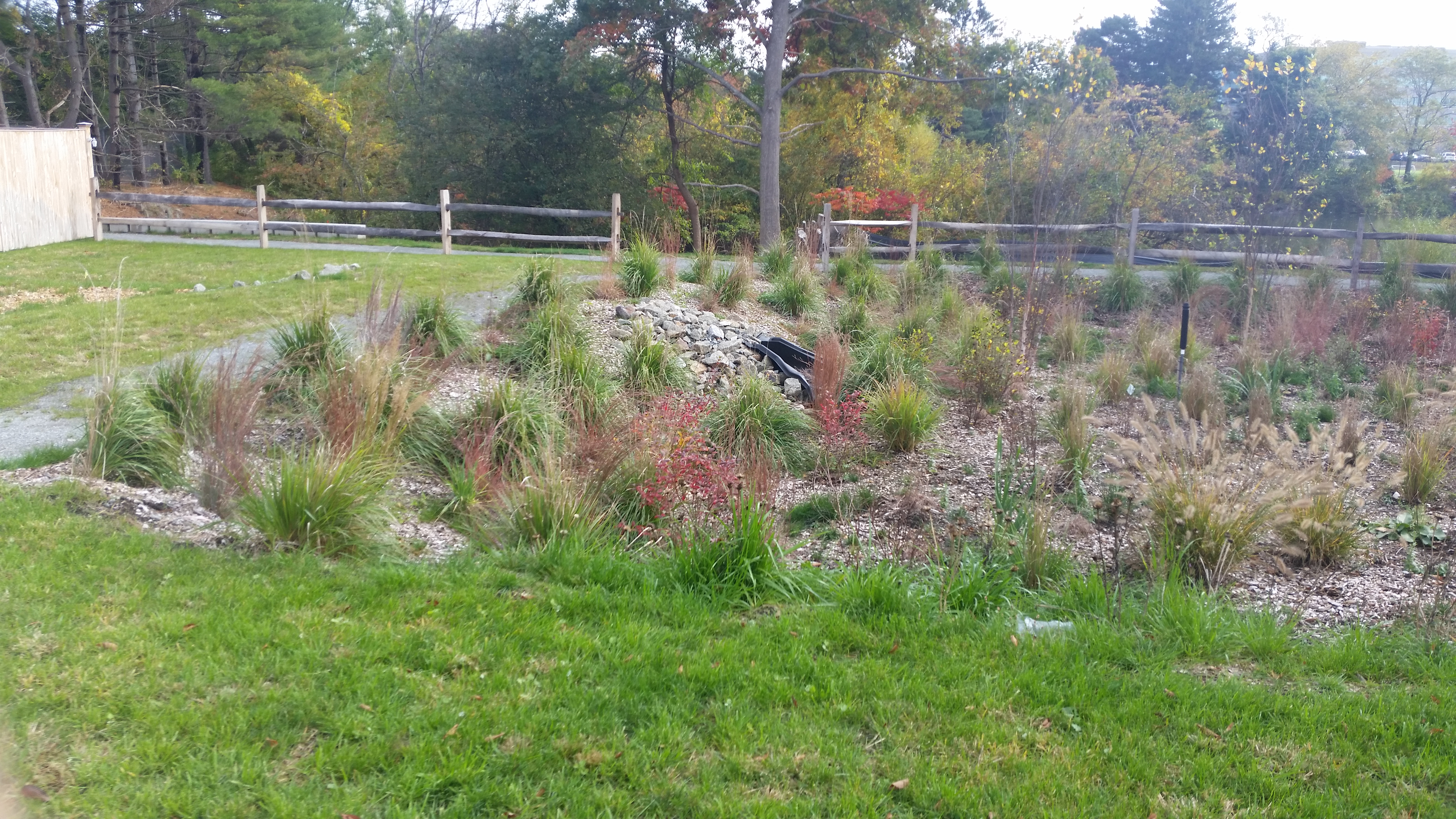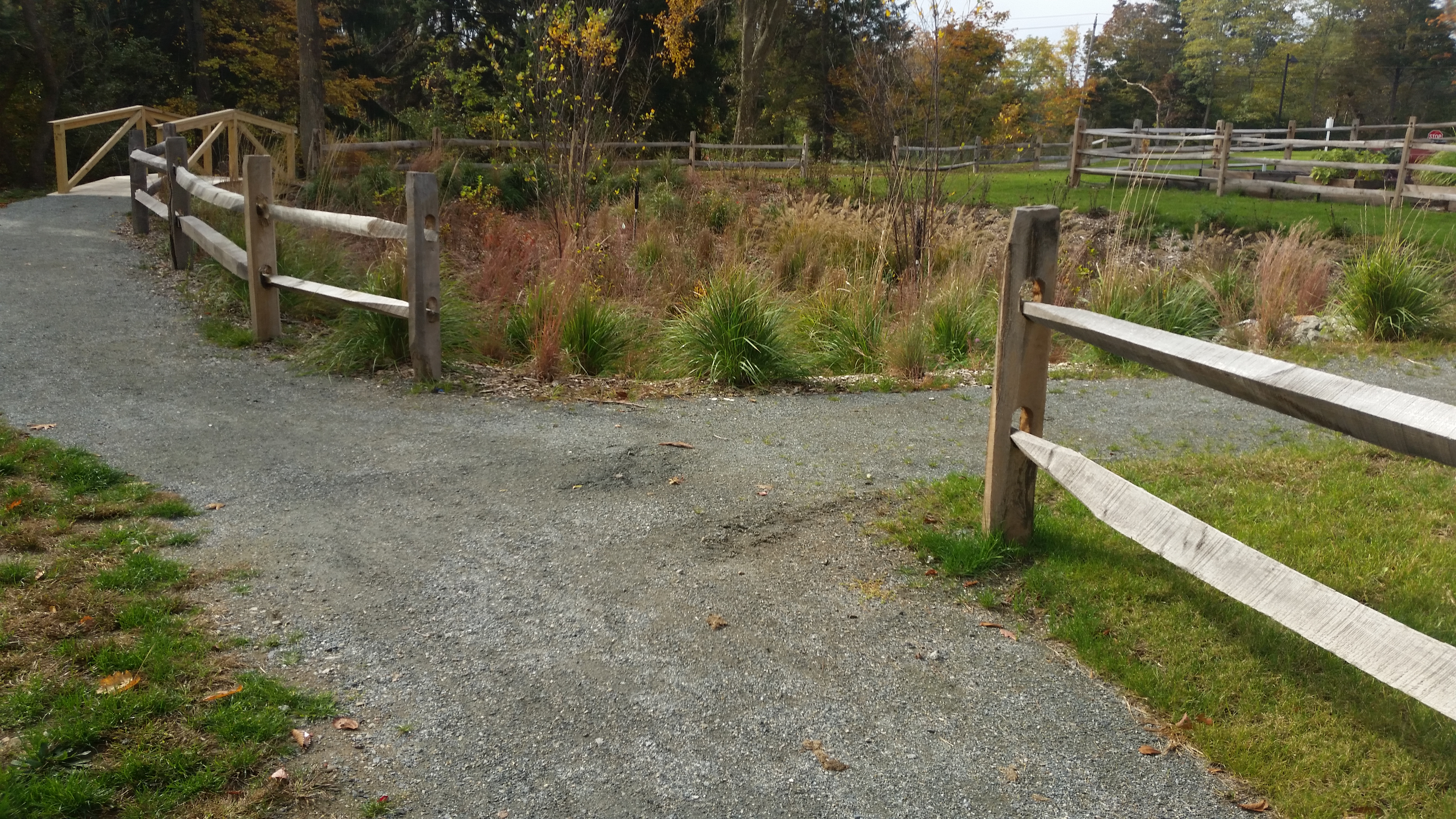Designing for the Future: Leading with Nature Based Stormwater Solutions

Many owners, developers, and their engineers still take the traditional “gray” infrastructure approach when it comes to stormwater management, thinking of green infrastructure as more expensive, complicated, or little more than an industry trend.
Such thinking may be short sighted and lead to missed opportunities.
Green infrastructure is essentially a toolbox of stormwater management techniques that use plants and soils to treat, infiltrate, convey, or detain excessive stormwater runoff generated by larger or more frequent storm events. The underlying principles of these nature-based solutions have been perfectly performed by nature for millions of years. Bringing in a registered Landscape Architect with green infrastructure experience early on in your project will afford you the opportunity to explore these “alternative” stormwater solutions and possibly integrate them into the larger project vision.

Preventing Missed Opportunities
Regulatory bodies are coming to expect that a development’s stormwater infrastructure design factor in climate change and habitat concerns. Ambitious climate adaptation and resiliency goals and Environmental Justice (EJ) considerations mean that relying solely on grey infrastructure may not be the best option for developers in Massachusetts and across New England.
Download our Landscape Architecture Services PDF here.
| |
| |
Key Takeaways:
1. Every new site development project is unique, but all require some level of stormwater management. Consider bringing in a landscape architect early in the project to uncover opportunities that you may otherwise overlook.
2. Communities are asking for (if not demanding) more green infrastructure to support climate adaptation and resiliency goals, environmental justice requirements, and efforts to integrate stormwater infrastructure in harmony with the natural environment.
3. US EPA states that “Optimizing stormwater management requires the use of both existing gray infrastructure and green infrastructure”. This has been our experience as well.
4. Green infrastructure can be a prominent feature of your project, serving not only as a stormwater management solution but also creating an environmental identity experienced by the end users.
| |
 About the Expert
About the Expert
Nick Betts
RLA, SITES AP®
With over a decade of experience in landscape architecture, Nick Betts has worked with a wide variety of clients to find “green” solutions to their stormwater challenges. Since joining Meridian in 2019, he has worked on notable projects including multi-family residential, industrial, commercial, and multi-use development, college campuses, municipal parks, and open spaces, with emphasis on sustainability, coastal resiliency, and careful selection and use of native plantings. While a registered landscape architect, Nick has completed substantial coursework in civil engineering as well, which aids him in the collaborative development of sound civil site plans emphasizing innovative and creative design.



